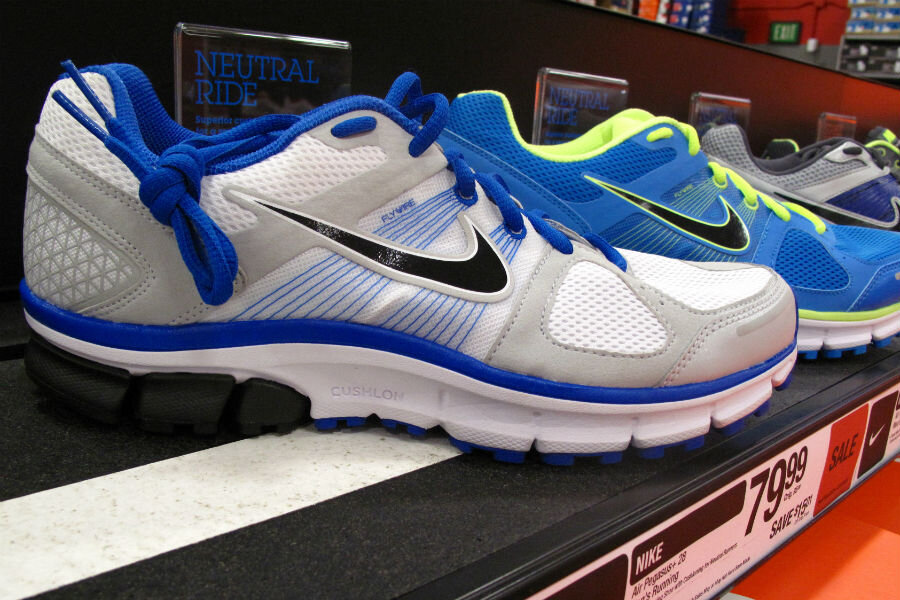How many pairs of shoes does it take to run around the world?
Loading...
Kevin Carr, a British barman, successfully set a new record for fastest person to run around the world, covering 16,300 miles in only 621 days. He averaged more than a marathon a day.
Covering roughly 36,000,000 steps, Mr. Carr ran through 16 pairs of shoes.
“I've pushed my tired legs through most of Europe, India, Australia, New Zealand, Canada and the US,” Carr told the Daily Mail.
Carr began his journey in Devon, England in July 2013, and from there continuously traveled east across Europe, Asia, Australia, New Zealand, North America, and South America. He crossed 26 countries in the process, facing severe weather conditions, isolation, heatstroke, and wild animals. He finished the race around the world back in Devon, beating the previous record holder, Australian ultramarathon runner Tom Denniss who completed the race in 2013, by 24 hours.
Carr averaged over a marathon a day. In March, he realized he was behind world record pace, so he increased his daily run to about 50 miles, The Independent reported. With the exception of flying between continents, he took no breaks.
Before beginning the run in 2013, Carr wrote a blog for The Independent explaining why he was running the race. He explained that it was an effort to test his endurance and mental strength by completing the task.
“What’s the limit to our endurance?” he wrote for The Independent. “As a runner you can focus on going faster or going farther, I simply want to hold the record as the fastest man around the world (quite literally). I believe it’s the ultimate and the purest test of endurance – it’s the natural limit of planet Earth, you simply can’t go further on our world, unless you begin running laps!”
The World Runners Association, developed in 2014, records the number of runners who have circumnavigated the globe on foot. To date, only three people – Jesper Olsen, Mr. Denniss, and Carr – have run around the world to their qualifications, which require a trek of over 16,150 miles (26,000 km) and crossing at least four continents “coast to coast.”
Others have also run across the world, although not to such strict guidelines. Rosie Swale Pope completed a 20,000 mile journey around the globe in five years after losing her husband, ending her trek in 2008. For her, the run was part of a healing process.
"It's a journey that came out of sorrow and pain and heartache, but it's a journey that has turned to joy," she told The Telegraph.
Denniss, the previous record holder, completed the journey in 622 days. Unlike Carr, who completed the journey solo without the help of a support crew, he ran with the financial support of a digital marketing company and completed the journey with his wife, who acted as his support crew and photographer, resulting in a heavily documented and photographed journey. Denniss said he appreciated all of the dedicated runners who have completed – or are in the process of completing – the run around the world. He wrote on his blog:
“People like Tony Mangan, Jesper Olsen, Rosie Swale Pope, and Pat Farmer – all more experienced ultra runners than me – are like-minded people with a similar taste for adventure and a clear love of being out on the road – not just seeing the ever-changing countryside, but hearing and smelling it too, and all at a pace which allows you to really appreciate the experience.”
Carr said the purpose of the race around the world is not just physical endurance, but also mental. The race is full of the possibility of failure, but in that it becomes a worthy endeavor. He wrote in his pre-race blog on The Independent:
“It’s daunting not knowing for sure if you can reach your goal, but then without risk of failure there is no reward to be found.”








